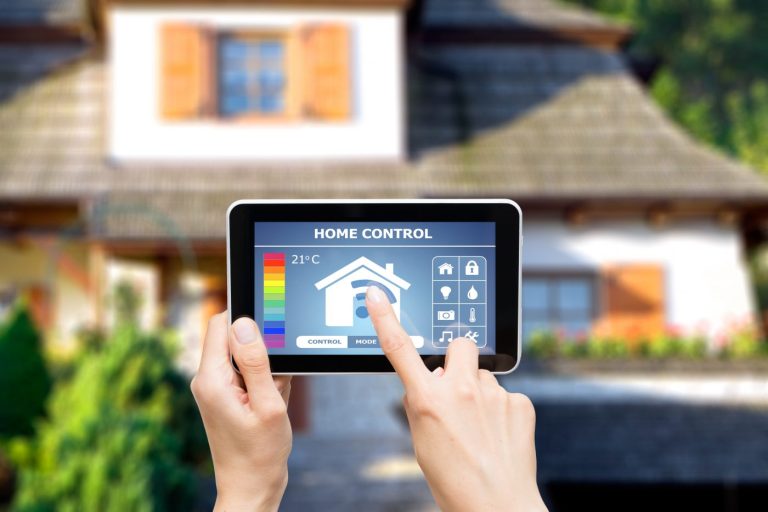In the future, real estate developers will design homes with smart technology built into them. Smart home systems allow users to control their lighting, entertainment, and temperature from one app.
Millennial house buyers who are computer aware and seeking a more comfortable lifestyle are drawn to smart technology. Investors who want to optimize the value of their property with a smart environment that will ultimately save them time and money are drawn to smart home builders.
Increased Home Value
Including smart features might boost your return on investment when it comes time to sell your home. However, I don’t think that adding automatic window coverings or color light bulbs would greatly increase the value of your home.
Instead, smart home upgrades provide convenience and a sense of style that prospective buyers may be drawn to. They allow homeowners to control their appliances remotely and save energy by turning lights off before leaving the house. They also allow owners to answer a video doorbell from anywhere and automate certain household tasks, such as checking the refrigerator for milk before going to the store.
These efficiencies provide both comfort and convenience, and they can help property managers and investors maximize real estate values in the long run.
Increased Convenience
Smart home technology will simplify your life. For example, lighting controls may be set up to turn off when you leave a room automatically and to keep a comfortable temperature all day without using much energy.
Smart security systems are another way to make your life more convenient. They also give live video feeds so you can see who is at the door and know your property is secure from trespassers.
Home automation features are a popular feature that people look for in new homes, and home assistants can control many smart devices. This enables you to design automation that changes your house depending on your preferences and utilizes voice commands.
Increased Energy Efficiency
Smart homes allow occupants to control appliances, heating and cooling systems, lighting, and electronic devices with one application and remote. Users can customize presets and adjust them to suit their specific lifestyles.
Smart home technology helps reduce energy consumption and carbon emissions by automatically adjusting products when they aren’t in use. For example, smart heating thermostats and sensors that automatically shut off light bulbs when the owner leaves the room help to reduce energy consumption.
Special smart security systems are also available that allow homeowners to keep tabs on their homes from afar. Interlinked smart locks, lights, and sensors can monitor the house when you’re on holiday or at work and even notify you if anything unusual occurs at home.
Increased Safety
Unlike traditional thermostats and doorbells that don’t connect to the internet, smart home devices work with remote control through apps or voice commands. This can also help with energy efficiency, with programmable lights turning off at set times and occupancy sensors helping minimize power usage.
Smart homes also provide flexibility and comfort to residents. This may look different for everyone but can include setting the ‘warming up the house’ timer before leaving on cold winter days, being able to lock the doors remotely, or hearing a live video of someone at your front door when you’re on holiday.
It can also be helpful for the elderly or differently abled, providing reminders to take medication and help with day-to-day tasks like turning off the stove. However, some smart home technology has security risks as hackers can access interconnected devices.
Reduced Insurance Premiums
Smart home devices are popular with homeowners and renters looking to save time, automate their daily routines, and better protect their homes. But these devices also provide valuable information that can lower homeowner’s or renter’s insurance premiums.
Smart technology can be added to new homes during construction or integrated into existing homes during renovations. Whether in the form of a smart thermostat, video doorbell, or timed lighting that gives the appearance of the home occupation, these systems allow users to control their products from anywhere and get alerts when things go wrong.
While the upfront costs of smart devices can be prohibitive, the energy savings they can provide make them more than worth it in the long run. Plus, many insurance providers offer discounts on these devices that help offset the initial cost.

